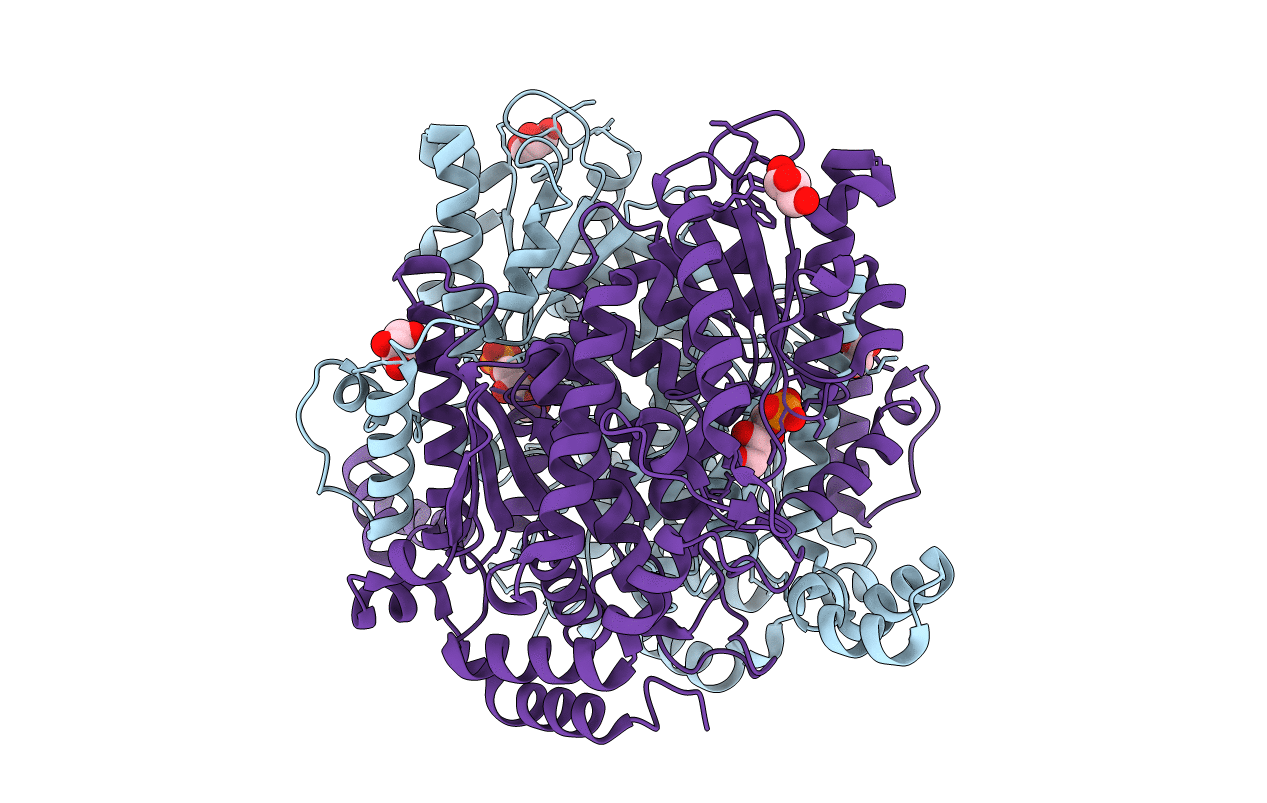
Deposition Date
2005-06-30
Release Date
2006-05-23
Last Version Date
2024-03-13
Method Details:
Experimental Method:
Resolution:
1.70 Å
R-Value Free:
0.20
R-Value Work:
0.17
R-Value Observed:
0.17
Space Group:
P 1 21 1


